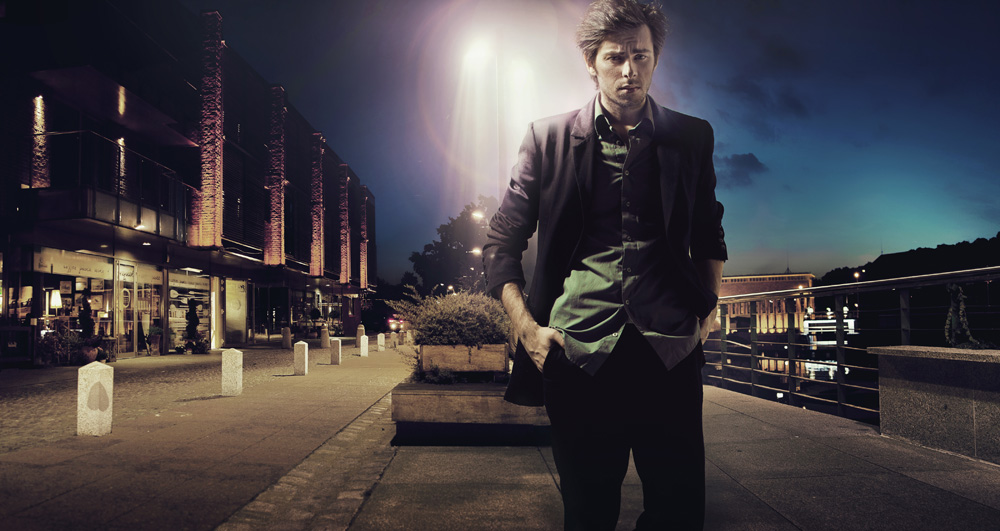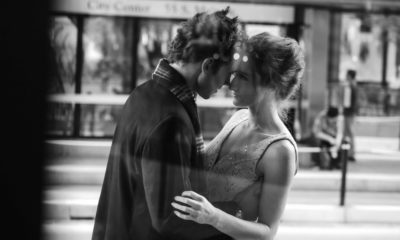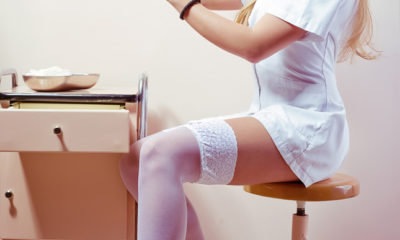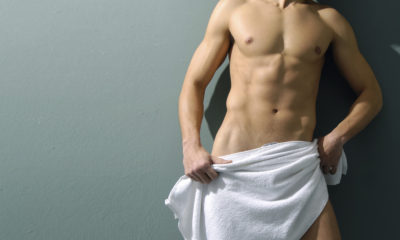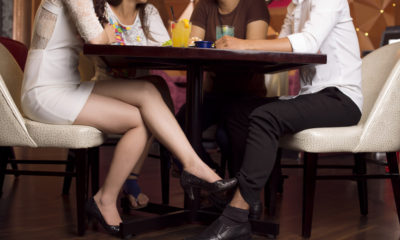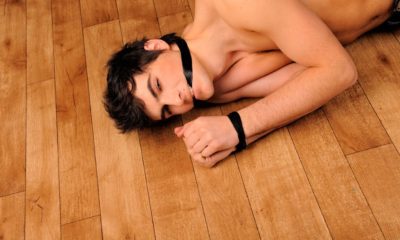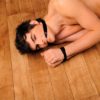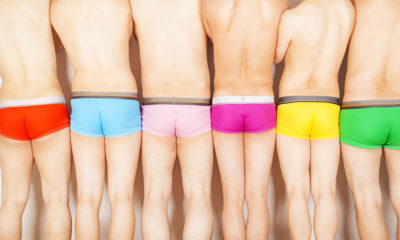Exciting Escapades
The San Antonio Power Jacket
A friend at dinner told me he was from San Antonio and then proceeded to tell me how boring it was there. In response I told him it was one of the most interesting places I had ever visited.
Startled and surprised, he asked me to explain, so I did, happily. As a young art dealer living in Boston in the early seventies, I learned it was worthwhile to take business trips away from Boston in the early Spring, because there was no early Spring in Massachusetts and Winter sometimes lasted until May.
Consequently, I took Spring business trips to Florida, Texas, California, and somewhere else which might be warmer and nicer than Boston in February, March, or April – which was almost anywhere.
San Antonio was a particularly lovely destination with an atmospheric old hotel I liked called the St. Anthony, and when you checked in at the St. Anthony, there weren’t many questions asked, and fewer to answer.
I knew the directors of two museums in San Antonio, so it was an advantageous place to visit for me, arriving with a portfolio of old master prints and drawings, along with a few modern works on paper, and several edgy newer works plus, startlingly at the time, photographs daring to attempt to pass as Art.
After a couple of days showing my wares around town, the work week was over and it was time to celebrate. I took off my three-piece suit, put on a pair of jeans and a pair of Western boots and set off towards a local bar which I’d located in a gay guide. Because business had gone well, I was feeling flush and in an expansive mood, deciding on the spur of the moment to take a hit of MDA, which we used to call “The Pink Pill,” to enhance the evening and to help overcome my slight nervousness about going out to a new bar in a strange town.
Arriving at the bar, called the San Antonio Country, there was a lot of frantic activity and some unusual sort of confusion, which I didn’t immediately comprehend. I bought a drink and watched what was happening for awhile, and it seemed to be some kind of rummage sale. Never having seen a rummage sale before in a gay bar, I decided to ask one of the locals what was going on. It turned out that a number of the fellows frequenting the place had decided they wanted to go on a ski trip. None of them had sufficient money to rent a vehicle large enough, so they arranged to hold a rummage sale in the bar to collectively raise funds for a trip to the ski region nearby.
Amused by the concept, I wandered through the tables which had been set up, looking at old shirts, old boots, magazines, and trivia which I found of little interest. In the very last row, however, a sparkling jacket hanging on a rack caught my eye. Originally a plain denim, Levi jacket, it had been lovingly tended and decorated over many years. The back bore a large letter C (for Claude, who had created this extravaganza) surrounded by jewels and a variety of artifacts, in addition to which the entire front, sides, and sleeves of the jacket had been decorated, fitted out, and encumbered with a vast array of pins, buttons, attachments, brooches, and every possible piece of bad costume jewelry imaginable. The left sleeve had a row of feathers sewn on in such a way that when you were leaning on the bar, the feathers didn’t get damaged. It was fabulous!
On the upper left lapel was attached a tiny bronze hand with a small clamp grasping bits of paper. When I inquired about the purpose of the bronze hand with the small bits of paper, I was looked at askance and told, with some attitude, that the paper bits were for giving out your phone number, in case anyone asked.
By this time the drugs had kicked in, and I was feeling ever more expansive. I asked to try on the jacket, and it fit perfectly. Needless to say, it was nothing at all like any Boston jacket I’d ever worn. It weighed about thirty pounds, and, because of all the jangling accoutrements, when I moved or attempted to dance, the jacket went into a rhythmic, noisy counterpoint of its own. I was totally enthralled and asked the price, which was a hundred dollars. Back then, that was more than three times the price of a brand-new Levi jacket. I contemplated the time and energy it would require to attempt to replace the adornments already in place and told Claude, the seller, that I would buy it. I vaguely recall telling him that it was an amazing piece of work, perhaps a masterpiece, and that it would probably end up in a museum. (At the time, the Metropolitan Museum was enjoying great success with its newly opened fabric and costume department.)
For a half-hour or so, I wore the jacket around the bar, enjoying the weight of it and the noises it made. Unbeknownst to me at the time, news had flown around the bar like wildfire that a crazy art dealer from Boston had paid Claude a hundred dollars for his Levi jacket and was going to put it into a museum. In no time, the jacket was gathering so much attention that it made me nervous, so I took it back to Claude and asked him to put it away for awhile, until I could work up to wearing it again.
After a few more drinks, I made another sashay around the bar, wearing the jacket comfortably this time, and I was cruised and approached more than at any time in my life. I quickly realized that it wasn’t about me, per se, but that the jacket had its own power, which an amazing variety of men responded to in different ways. At one point, two fellows were actually fighting about which one was going to take me home. This was a quandary unprecedented in my experience. While I was going a little crazy trying to figure out which of these two very attractive guys I should choose, the door of the bar swung open, and a stunning blond cowboy wearing tight jeans and a form-fitting shirt walked in, took one look around the bar, made a beeline towards me and asked simply: “Ya wanna fuck?”
A native Californian, Angus Whyte first lived in San Francisco in the mid-sixties following his graduation from U.C. Berkeley. After graduate school at the University of Washington, with a Master's degree in French and Music, he was awarded a Fulbright Teaching Scholarship to France, later contracted with the U.S. State Department to teach mobile cinema in the Congo Republic, and subsequently studied baroque music and harpsichord at the Amsterdam Conservatory and the Salzburg Mozarteum Academy. From 1973 through 1981 he operated the Angus Whyte Gallery in Boston, Provincetown, New York City, and Washington, DC. After completing the Institute of Arts Administration program at Harvard, he served as Director of Special Events at Art Center College of Design in Pasadena from 1983 until 1990, during which time he was active on the boards of the Brody Arts Foundation, Pacific Serenades, and the California Confederation of the Arts. Following a sabbatical in France from 1990 through 1993, where he renovated ancient stone buildings in Périgord, southwestern central France, Whyte returned to San Francisco, where he served as development consultant to the the capital campaign of the LGBT Community Center Project. From 1997 through 2012 he directed a philanthropic organization, Art for Healing, whose mission was to collect and place original works of art in hospitals and healthcare facilities.
Married several times to thomas grexa phillips, his book of memoirs "After-Dinner Tales" was published in 2013, and presently he is working on his next book of stories.


